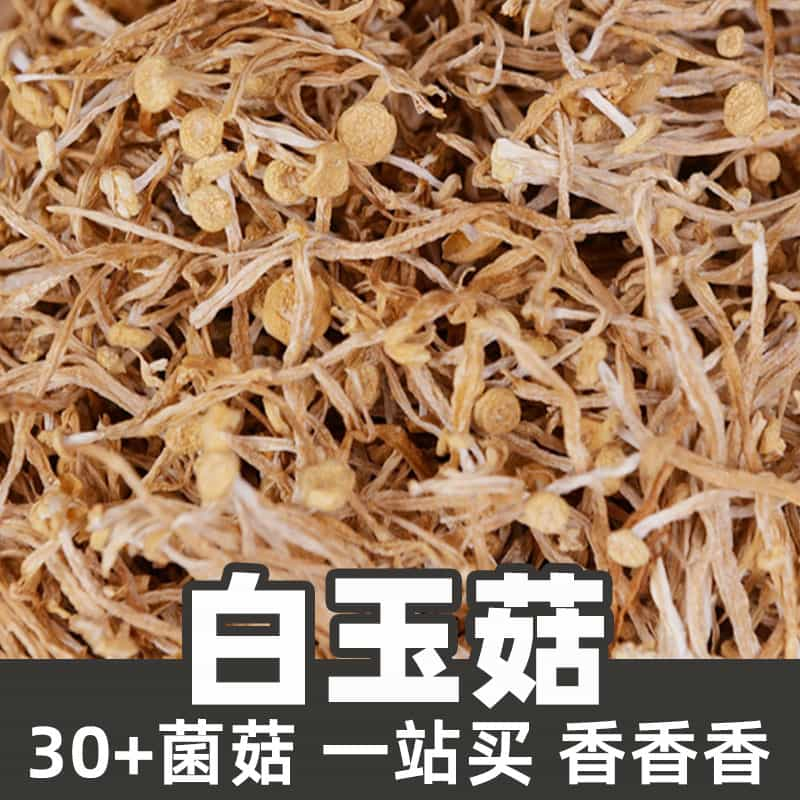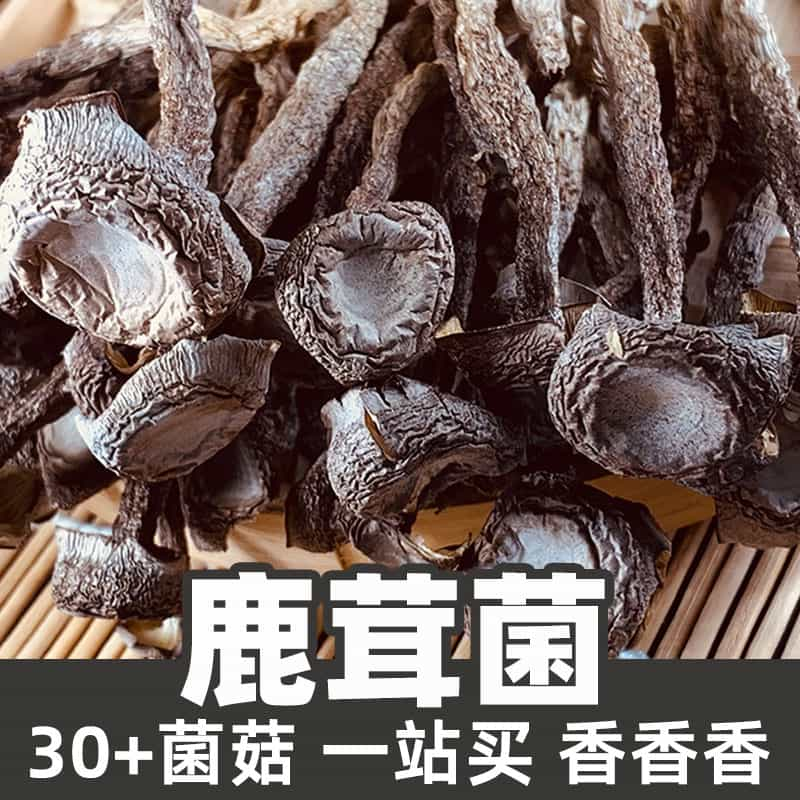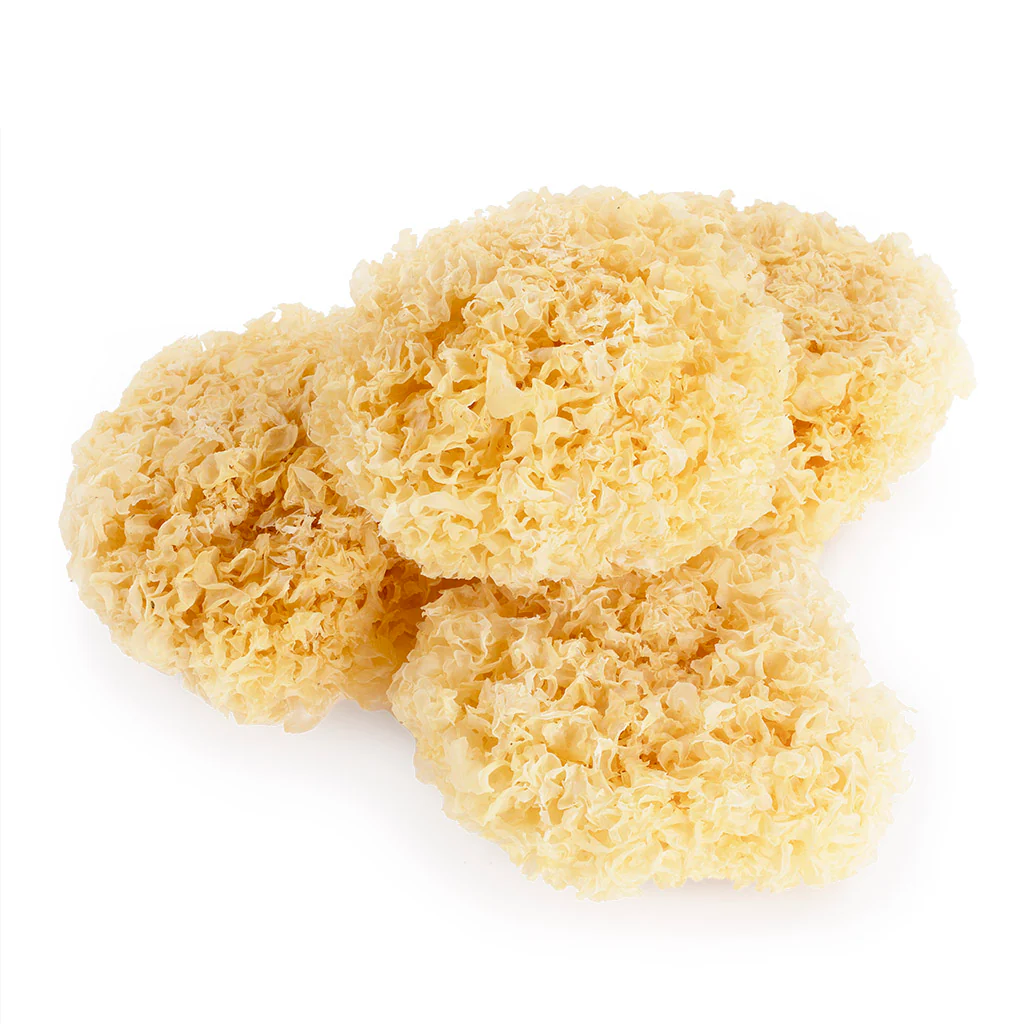Tricholoma matsutake, commonly known as the matsutake mushroom, is a highly regarded edible mushroom that holds a significant place in culinary traditions, particularly in East Asian cuisines. Known for its unique and spicy aroma, it grows in association with the roots of certain coniferous trees, primarily in undisturbed forests. The matsutake mushroom is appreciated for its rich flavor and is a sought-after ingredient in many gourmet dishes, often appearing in soups, rice dishes, and traditional meals. Its high market value often reflects its rarity and the labor-intensive conditions under which it is harvested. Matsutake contains a variety of beneficial compounds and is traditionally believed to have medicinal properties, further enhancing its desirability both in kitchens and in herbal remedies.
Several key ingredients contribute to the health benefits associated with Tricholoma matsutake. The mushroom is rich in polysaccharides, which are known for their immune-boosting properties. Ergosterol, a component found in matsutake, is significant for its potential role in vitamin D synthesis. Additionally, the presence of essential amino acids and various bioactive compounds provides antioxidant effects that support overall health. The unique scent of this mushroom comes from a blend of volatile compounds that not only contributes to its flavor profile but may also be responsible for its therapeutic potentials, such as anti-inflammatory and anti-tumor effects. Collectively, these elements make the matsutake a revered mushroom among both chefs and health enthusiasts.
The versatility of Tricholoma matsutake enables various applications beyond the kitchen. In culinary settings, it is primarily utilized for enhancing the flavor of dishes due to its unique aroma and taste. Several cultural traditions incorporate matsutake into seasonal dishes, celebrating its arrival in local markets. Moreover, this mushroom is used in traditional medicine practices, particularly in Asia, where it is believed to promote overall wellness and longevity. Beyond food and health, matsutake is gaining attention in nutritional supplements and functional foods, focusing on its potential health benefits and antioxidant properties. Its unique composition also makes it a subject of research in mycology and pharmacology, as scientists explore its full range of benefits and applications.
Tricholoma matsutake is predominantly found in specific geographic regions, thriving in particular environmental conditions. It primarily grows in the wild in coniferous forests, notably in Japan, China, Korea, and parts of the Pacific Northwest of the United States. The matsutake mushroom prefers undisturbed forests with rich organic soil, often forming mycorrhizal associations with tree roots, which are essential for its development. This relationship not only aids in nutrient absorption for the fungus but also benefits the trees. The mushroom typically emerges from late summer to early fall, dependent on weather conditions and forest ecosystems, making its seasonal availability limited. As a result, its natural occurrence and habitat preferences contribute to its status as a delicacy and its relatively high market price.
Harvesting Tricholoma matsutake requires careful methods to preserve the delicate mushrooms while minimizing environmental impact. Foragers often use a small knife to cut the mushroom at its base, ensuring that the mycelium remains intact for future growth. Harvesting is typically done by hand, emphasizing the need for experience and knowledge about the mushroom's habitat. Following harvest, matsutake mushrooms are usually cleaned with a soft brush to remove dirt without damaging their fragile structure. Processing can include drying or quick cooking to enhance flavor and prolong shelf life. Proper storage is crucial, as matsutake is perishable; keeping them in a cool, dry area or in the refrigerator can help maintain their quality. In optimal conditions, fresh matsutake should be consumed within a few days to appreciate their unique flavor and aroma.
Monica Sun is a seasoned expert in the natural raw materials industry, with over a decade of experience specializing in traditional Chinese medicinal herbs, spices, and fungi. She is skilled in the sourcing, processing, and application of these materials, emphasizing sustainability and innovation. Monica Sun has contributed to the development of high-quality natural raw materials that serve as essential components in functional foods, pharmaceuticals, and cosmetics, delivering tailored solutions to meet diverse market needs.

















